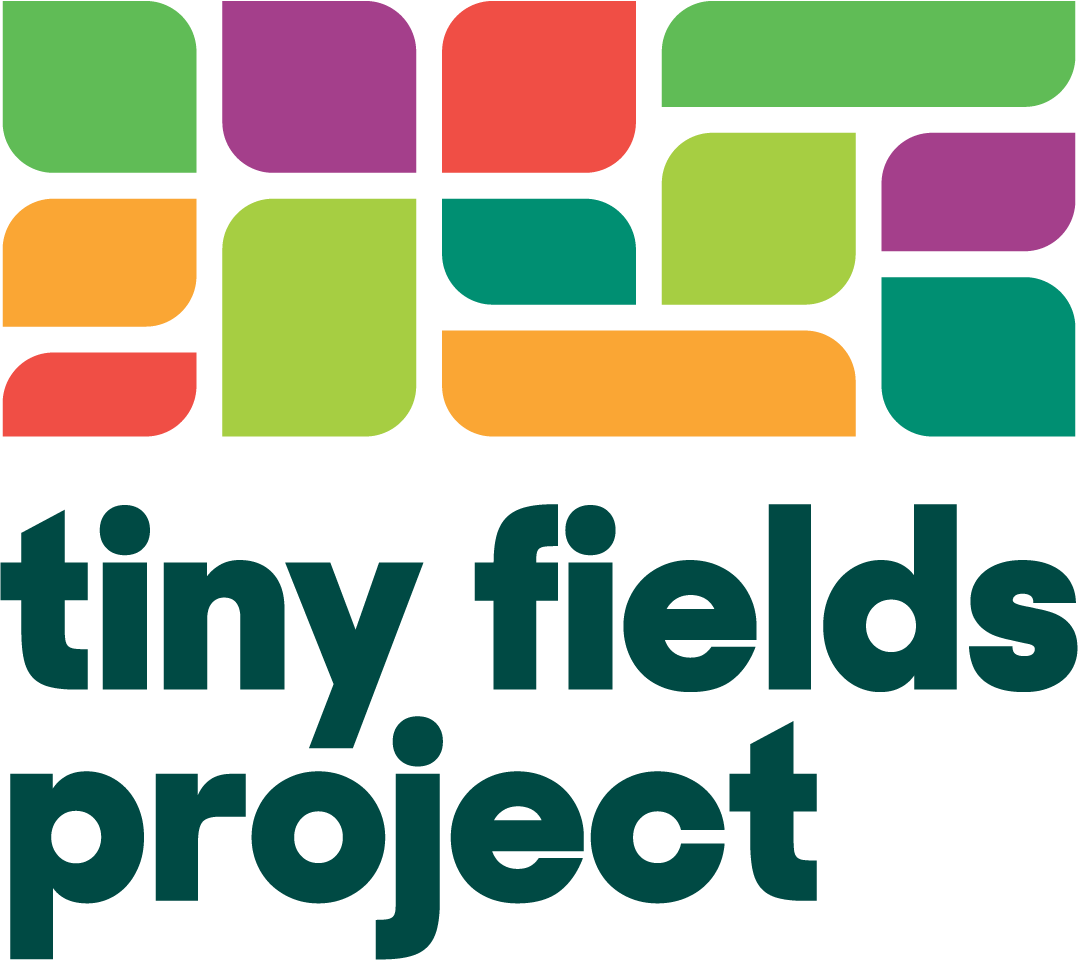Preparing your Tiny Field for planting
Soil is the foundation of growing. Taking the time to keep you soil healthy can make all the difference in the future.
The first step you must take is to clear out any left over debris from last season. Any branches or vines should be removed. If this is your first season and your field has been tilled, all the sod must be removed. Rake through your field with a garden rake or your hands and remove any chunks of sod and shake out the dirt. The more you remove, the fewer weeds you will have later. Dispose of your debris in a lawn bag and leave it at your curb for city pick up.
Next you need to decide if you will add compost or turn your soil. Double digging is one approach to preparing garden beds. Use a shovel to dig one shovel spade length deep. Turn the soil over and break up the large chucks. Continue across the whole bed. This technique leaves loose, light soil for small seeds to grab hold of. The second technique is to simply leave the soil in place and loosen just the areas you plant in. This technique reduces erosion and is a little less work.
If you choose to add compost or other amendments to your soil, you can work it in with a shovel or garden rake.
If you are growing on the boulevard and your soil mounds above the curb line, you will need to take steps to reduce erosion. Erosion is when topsoil is lost by either washing away or blowing off the planting area. Soil washing into our streets is detrimental to our waterways and sewer systems. There are a couple things you can do.
Before you add compost or amendments, remove some of the soil until it is even with the curb. Excess soil can be dispersed throughout the yard, be used to fill planters or be spread around the foundation to improve grading.
Dig a 3-5 inch trench along the curb to catch any runoff before it reaches the street. This will need to be re-dug as it fills up.
Mulch well right away. Usually, we wait until the seedlings have grown a little to apply mulch, but a thick layer of mulch applied before planting can also be beneficial. Apply a 3 inch deep layer of shredded bark mulch, straw mulch or left over fallen or ground leaves over the soil. When you plant, pull back the mulch where you plan to plant your seeds or seedlings. Plant. Keep mulch pulled back to allow for germination. Keep mulch 1 inch from the stem of all plants. This is a great technique if you have struggled with weeds in the past.
